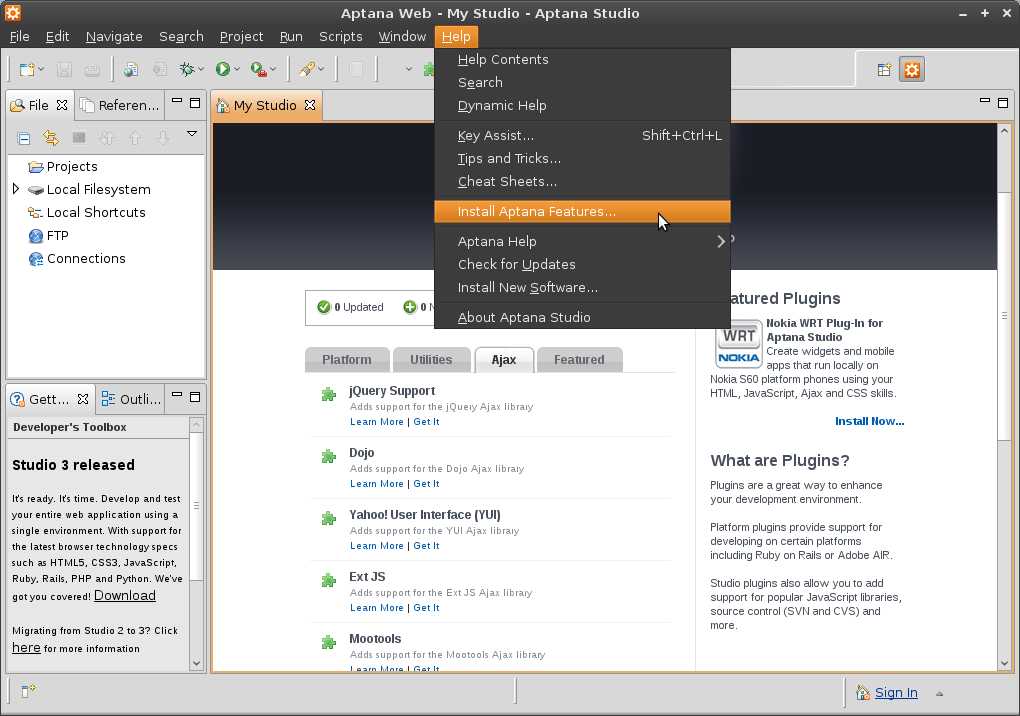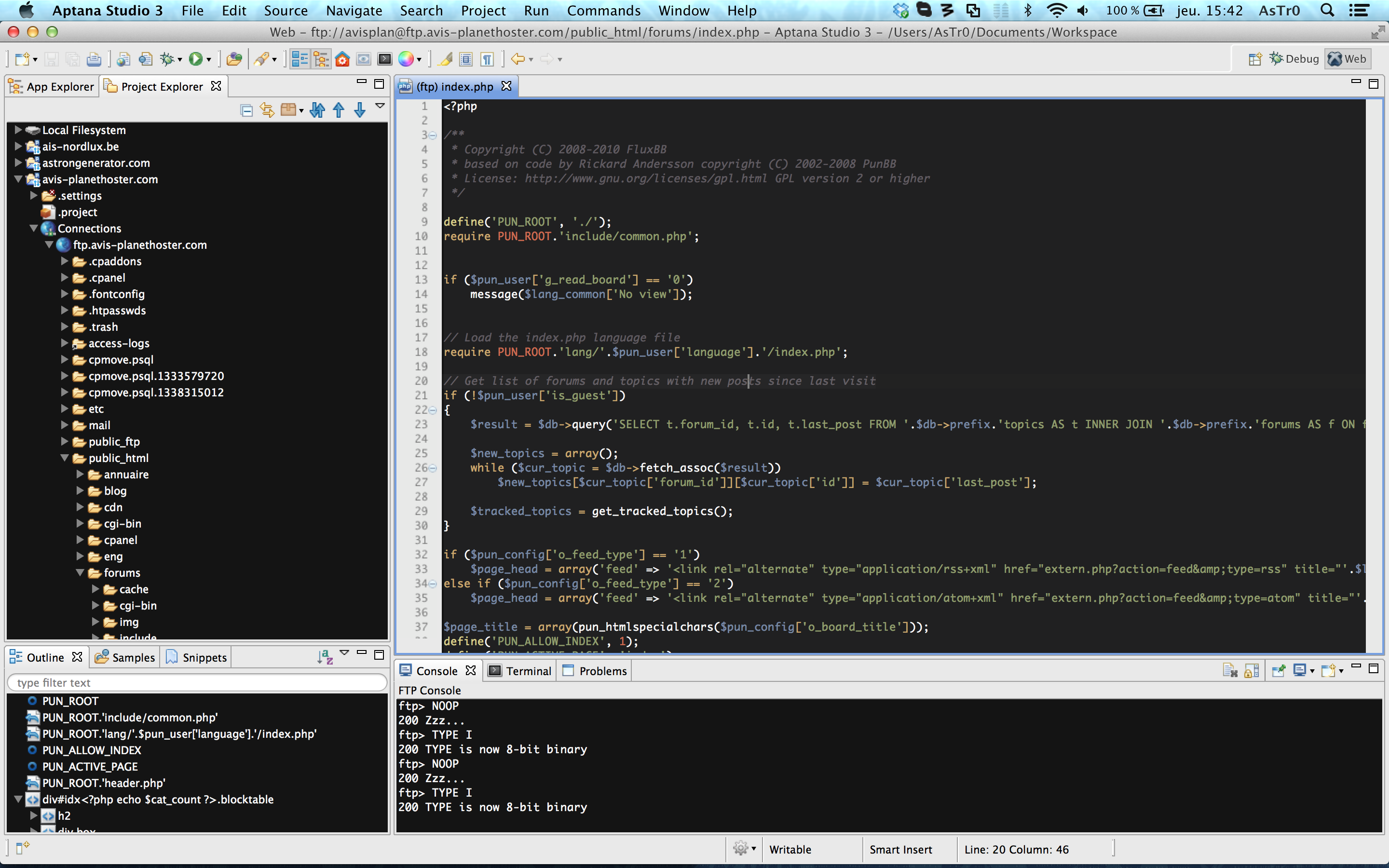

Matching Combined Cases in Python Match-Case Statements
Aptana studio 3 switch to python3 how to#
In the next section, you’ll learn how to use conditions in your Python match statements. For example, you could have 301, 404, and so on. We can see that this was a fairly straightforward example! However, you may also know that HTTP response codes are a bit more elaborate. Let’s start by looking at a straightforward example: # Building a simple match-case statement in Python How Do Switch-Case Statements Work in Python?īeginning in Python version 3.10, you now have access to switch-case statements in Python! Creating a Python match statement is simple: match some variable to a case (or multiple cases). This represents the switch-case statements finally coming to Python in an official manner! What’s more, is that Python actually extends beyond a simple case statement and provides flexible matching control. In 2020, via PEP 634, Python introduced the concept of Structural Pattern Matching in Python. This required Python programmers to use different methods, such as if-else statements, to emulate the switch statement. They are common in most other programming languages and many felt it was an odd omission to not include them in the language. It’s a method by which programming languages can control the flow of the program, based on a condition (or conditions) being met.įor many years, Pythonistas have been seeking switch-case statements. How to Create Switch-Case Statements in Python with DictionariesĪ switch or case statement is a statement that evaluates an expression against a case and then executes some code.How to Create Switch-Case Statements in Python with if-else.



 0 kommentar(er)
0 kommentar(er)
